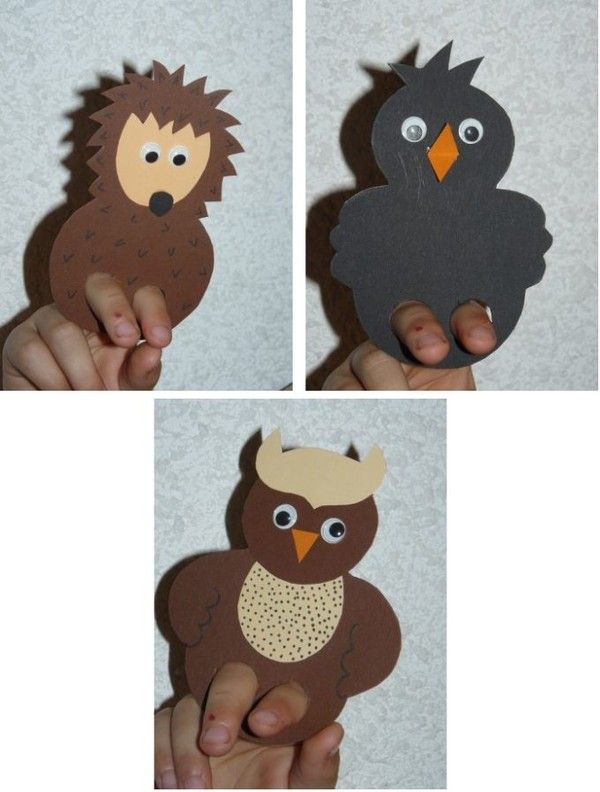Today I shared some pictures with the children to show them a little about Remembrance Day in France. All the children (from Y3 to Y6) knew why the poppy had been chosen as a symbol of remembrance but were fascinated to discover that in France it is the cornflower (bleuet) that is used instead of the poppy.
Here is the slideshow I used.
On the first slide, which has the words for poppies and cornflowers in French, I asked the children to use their detective skills to work out which word meant cornflower - bleuets or coqulicots. I was delighted that most children thought it was 'bleuets' because it has the word 'bleu' in it.
One or two of the younger children thought 'coquelicots' might mean cornflowers because it is a long word starting with c. This led on to a useful discussion about how we can't expect words in a foreign language to start with the same letter as the English word e.g. Green - vert




















